Lost Treasures remain undiscovered even today! What was thought to be another old heavy hammer gun turned out to be the “Holy Grail” for historians and Paradox collectors, writes David Neale. The lost Paradox Gun belonging to Sir Samuel White Baker. The very first “Heavy Load Paradox”
The gun first appeared in Holt's March 10th 2004 catalogue:
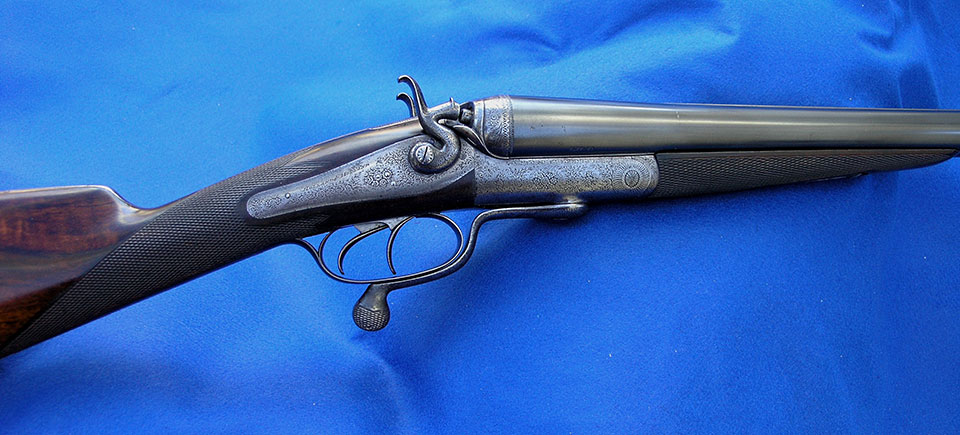
HOLLAND & HOLLAND 12-BORE ‘PARADOX’ ROTARY UNDERLEVER HAMMERGUN
Serial no. 11664, 28in. sleeved nitro barrels (by the maker’s in 1967) no longer retaining Paradox rifling, 2 ½ in, chambers, bored approx. imp cyl and full choke, Jones patent rotary underlever, percussion fences, rebounding back-action locks, elongated top–strap, best bouquet and scroll engraving, retaining traces of original colour-hardening, 14 ½ in. well –figured stock including ½ in. ebonite extension, weight 7lb. 11 oz. The maker’s have kindly confirmed the gun/rifle was completed in 1887.
No mention of provenance !
The present owner purchased the gun with a maiden bid, as the gun created no interest in the saleroom. The gun remained un-researched until 2016. At this point the importance of gun historians and authors became the keys to unlocking the mystery. The book on “Paradox” guns written by David Baker and Roger E. Lake their research identified the owner. There were no images of the gun ! What emerges is the gun has not been seen since 1893, just after the death of Sir Samuel White Baker.
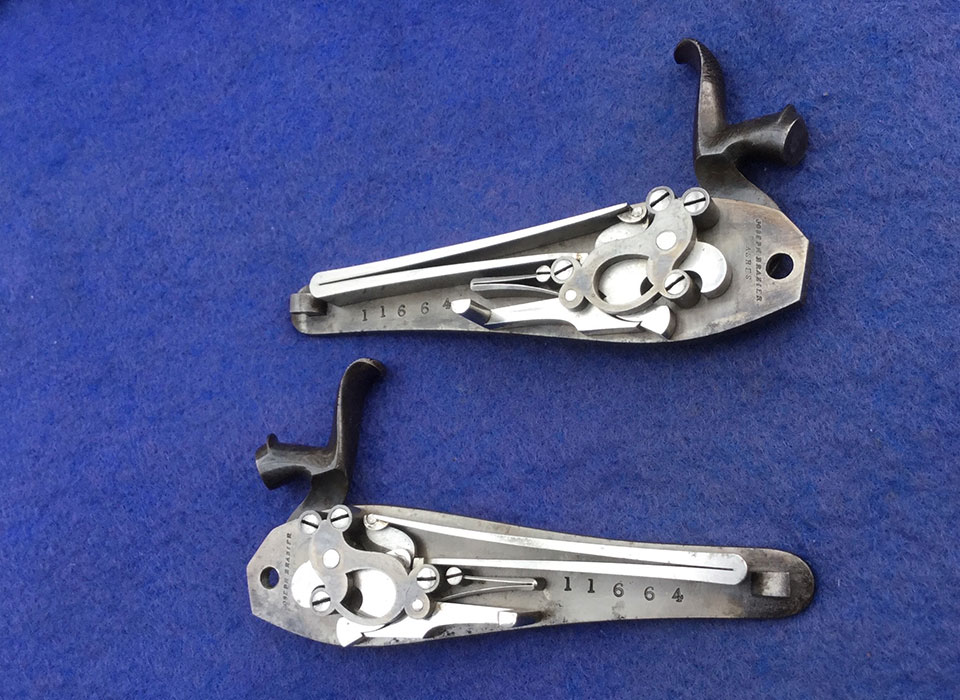
Sir Samuel White Baker
Sir Samuel White Baker, is an outstanding story in itself. An unbelievable story of hunting, exploration, and adventure. He is best known to the general public as one of the explorers that answered the riddle of the source of the Nile. While James Henning Speke and James Grant discovered and named Lake Victoria (in what is now Uganda) by traveling into the interior of Africa from the Indian Ocean. Baker, in 1862, on the other hand traveled up the Nile in native boats to Gondokoro from Khartoum. He discovered what Speke and Grant suspected, that the river flowing north from Lake Victoria flowed into a previously unknown lake that he named Albert N’yanza, after the late prince consort, Prince Albert. He established that the river Nile flowed north from this lake.
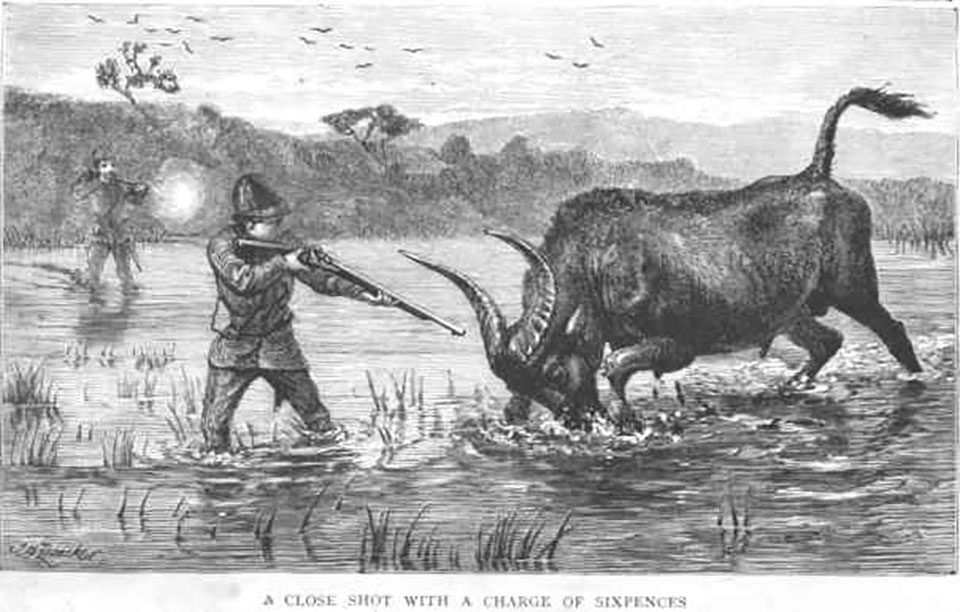
Lost Paradox Found – Bakers Paradox
In July 1887 Baker placed an order for a back action hammer 12-bore Paradox (No.11664). The normal 12-bore Paradox load at the time was 3 drams of powder (Bakers was built for 4 ½-drams.) The result was a heavier gun that weighted 8 1/4 pounds which was ¾ of a pound more than a standard 3-dram Paradox.
Using a Jones-style swing under lever. Long top strap, low hammers and Deeley snap fore-end. The gun was "finished and engraved" at an additional extra cost of £1
Gun dimensions - Pull: 14 1/4 inches, Drop: 1 5/8 inches at comb and 2 3/16 inches at heel, Cast off: 1/16-1/8 inches.
Records state the load of 4 1/2 dram with solid ball. In his writings Baker continually states his aversion to hollow point express bullets as they were likely to break up when hitting bone with little effect.

Letter to "The Field" in the June 16, 1889 :
“Sir - About 18 months (actually 3 years) ago a gun, named the "Paradox" by the inventor, Col. Fosbery, was introduced by Messrs. Holland and Holland, gunmakers of 98, New Bond Street, as a weapon that combined the accuracy of an express rifle at the range of 100 yards with the power of shooting shot equal to that of an ordinary cylinder-bored gun. It was asserted that this combination was so perfect that the hybrid weapon would serve two purposes, which would render it most serviceable for India and the Colonies, as a rifle, or as a shot gun, or of both when required, as a bullet might be used in one barrel while the other might be loaded with either buckshot or some smaller size.
At first sight this appeared to be a most important arrangement as the gun did not exceed 7 lb. in weight, and it was as handy as any ordinary gun that we use in British sports. The precision at 50 yards and at 100 yards was extraordinary; and the pattern and penetration of shot at 40 yards was highly satisfactory. In spite of these advantages, I did not adopt the gun. The charge of powder was only 3-drams, which would give a very low velocity and inferior penetration; it would therefore be unsuited for dangerous or heavy game. I accordingly deferred the purchase of the Paradox until further development should have increased its power, at the same time that the extreme accuracy should be persevered with a heavy charge of powder. The experiment succeeded by adding only 1 1/4 lb. to the weight of the gun bringing it to 8 1/4 pounds to the weight of the gun, with a charge of 4 1/2 drams of No. 6 powder, and a hardened solid bullet of 1 3/4 oz.
I took this gun to India last November (1888) for a winter's shooting, and was highly satisfied with the result. The accuracy is perfect at short ranges up to 100 yards, and very good at 130 yards. The penetration is good, as may be inferred by the fact of the bullet passing through the shoulder of a full grown bear, and breaking the shoulder of another bear that happened to be some paces upon the other side. It quickly became my favourite weapon. At the same time, I am of the opinion that the same handy gun of 8 1/4 lb. would burn 5 drs. of powder instead of 4 1/2 drs., and would of course increase velocity and penetration. The bullet should decidedly be solid for heavy game ranging in size from tigers to Sambur deer; but although the shoulder shot would be effective at larger game I should never recommend so small a charge as 5 drs of powder for buffaloes, rhinoceros, or elephants.
I consider the Paradox No. 12, with 4 1/2 drs. of powder, to be the most perfect weapon for Indian shooting from a howdah, as the weight is so small as to permit of its being fired with only one hand in case of necessity, should the elephant swing round and render it necessary to grip the howdah rail, with the left hand at the home charge of a tiger. It is also most useful for howdah shooting, as the left hand barrel can be loaded with buckshot S.G., while the right barrel is loaded with ball cartridge. For all other purposes in jungle shooting I prefer the Paradox, although upon the open plains, where long ranges are frequently indulged in, the rifle of .400 or .450 would, of course be superior for small game, and the .577 for larger animals. There can be no doubt that, should special "Paradox" be required, the same principle would ensure good shooting with far heavier charges of powder, by increasing the weight of the gun.
I trust you will excuse me for trespassing upon columns; but when a new invention is offered to the public, the results of practical trials may be of service.
SAM. W. BAKER
Baker's Paradox Gun today.
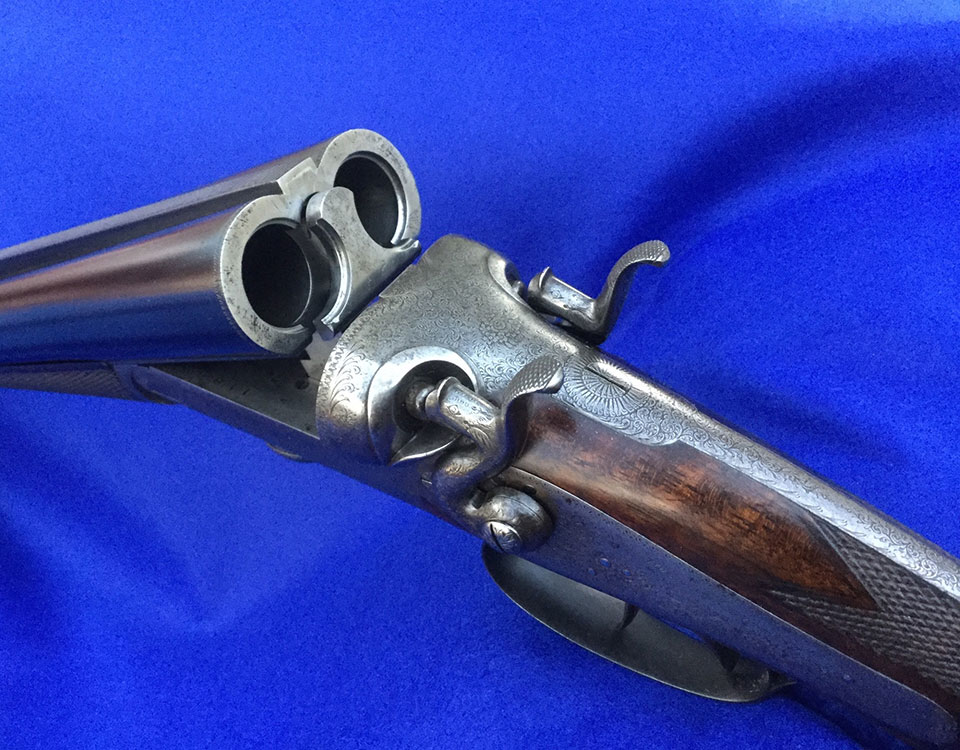
Ordered in 1887 for use in India and Egypt during the winters of 1888 – 1892, and with the unfortunate death of Sir Samuel White Bakers in 1893, the gun has appeared to have little use. The period between 1893 and 2004 remains a mystery.
The gun was sleeved in 1967 by Holland and Holland, this removed the rifling in the barrels, and allowed the gun to be retain on a shotgun certificate.
The gun has retained its 8 ¼ pound weight, with the gun balance point directly over the hinge pin. The Joseph Brazier locks remain in as new condition, crisp with excellent trigger pulls. The butt plate tells its own story of age and time gone by. The top of the comb shows the remainder of the widows’ peak from its original metal in-let butt plate, and then we have an extension of compressed horn, this being the gun’s second buttplate. Finally, the gun has been lengthened in a vulcanite material to 15 inches LOP (length of pull)
The gun handles exceptionally well, although a little heavy – The pedigree remains.
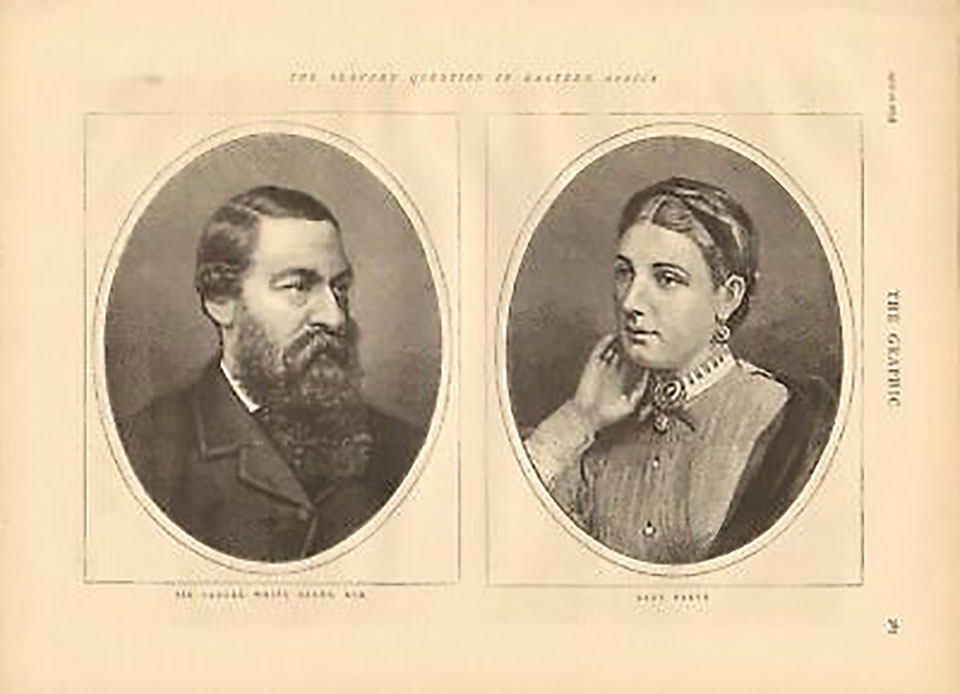
'PARADOX; The story of G.V. Fosbery, Holland & Holland and the Paradox', by Roger E. Lake and David J. Baker, is a fascinating, detailled study of the Paradox, its developmen, performance, manifestations and variants.
Published by Vintage Guns Ltd on




